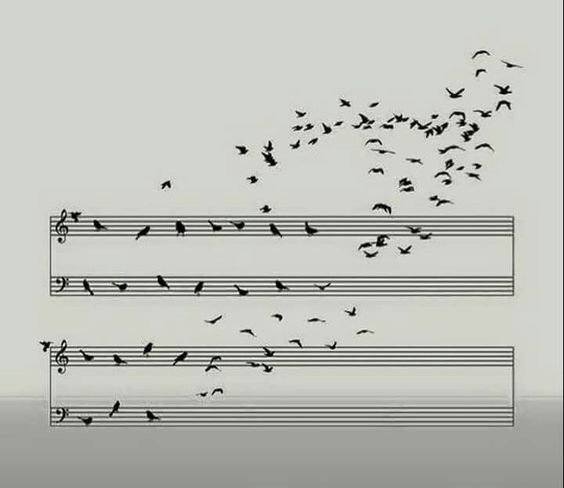The Marriage of Poetry and Song
The varying forms of art have been intertwined since the beginning of creative expression. As a young poet, Emily Dickinson would align her poetic phrases with church hymns, thirsting for a rhythmic compilation of thought. Writers have always found inspiration from a myriad of musical traditions that brighten their words in the eye of the reader. As artists continue to progress their material in a way that fits the mold of the standard pop hits, they have lost the significance of the symbiotic relationship between the words and the melody. In the current culture of music production, the format of songs has been overly simplified to adapt to the ear of the average listener. This simplification overlooks the potential of rhythmic revelations by catering the sound to the current highest-selling single. Over time, this has created a claustrophobic cycle of attempts to reform the work that is already out there, as if seeking a new answer from the same equation.
In earlier years, singer-songwriters wrote in an environment where musical innovation was the priority of success. Even in the 1960s, genres under the rock and folk atmosphere had yet to originate and expand, leaving room for individuals to be the founders of unheard worlds of melodic expression. With the excitement of the hippie movement on the West Coast of America came a rush of experimentation as artists traversed the acts of defying the expected norms in every aspect of life. Psychedelic rock became a product of this experiential nature, led by monumental bands like Grateful Dead, Jefferson Airplane, and The Doors. Jim Morrison, lead singer of The Doors, became one of the first artists of this genre to incorporate full-fledged spoken word into the musical composition.
The band’s debut at LA live music venue Whiskey a Go Go became the prime opportunity for Morrison to share this archetypal nature of authenticity with an audience. Their ten-minute song, “The End,” off of their very first album, takes the listener on an eerie, introspective journey in codependence with the instrumentation. Morrison decided to pair this particular sound with a poem infused between the lyrics, confronting the idealized structure of the song. This collaboration between spoken word and singing became a signature calling card for the band, which further influenced emerging artists to allow the poetic nature that lives in any well-written song to be fully realized in connection to the rhythm behind each thought. Author, musician, and poet Patti Smith quickly became infatuated with Morrison’s free-flying approach when creating music, adding elements of poetry into her own discography.
An emphasis on bravery within musicality serves not only the creators behind the table but also shifts the public’s experience from strict consumption to an intellectual exploration of meaning. So much of the content strung together today leaves nothing to be chewed on, handling the listener with baby gloves and wasting the artistic intention to leave an audience piecing together the colors and flavors that truly resonate. Poetry serves as the blueprint of song, and the entwinement of both communicative mediums collaborate to give the audience an internal adventure contrary to a mindless reaction. The tones brought alive by the music give clues to the cerebral stimulation that the words offer. While each artistic endeavor can be simplified, the collusion of multifaceted creation not only enlightens but strengthens the results of the thought-based material yet to come.
Strike Out,
Writer: Jacqueline Galvano
Editor: Blake N. Fiadino
Tallahassee



